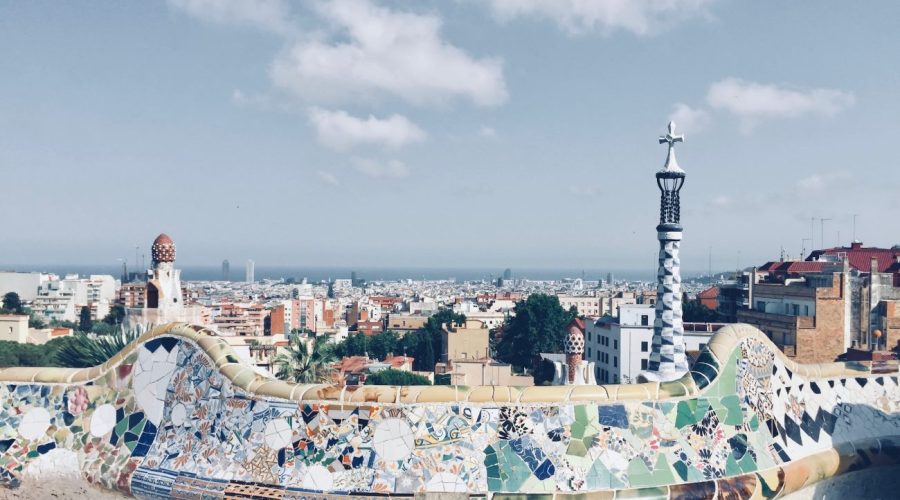Bullfighting in Barcelona: A Beginner’s Guide
Hello, and welcome to Barcelona, the 19th most populated country/city in the world rich with culture. One aspect of this heritage is bullfighting, a festive ritual – for some — that has been passed on for centuries here. This beginner’s guide will give you a detailed history, rules and cultural meaning of bullfighting in Barcelona.
What is Bullfighting?
Bullfighting which is commonly referred to as corrida de toros is a typical event, where skilled matadors and bulls encounter each other in an arena. The event is usually divided into three tercios, each with its peculiar rules and goals.
Tercio de Varas (The Lance Stage)
In the first foray, the bull enters into the Llano and meets with picadors on horseback and wearing a lance. The picadors beat down the bull with their lance in the muscles on the nape of its neck, paralyzing the bull so that it may be suitable to pass on to the remaining stages.
Tercio de Banderillas (The Bandarillas Stage)
In the second stage, the bullfighting assistants, unlike matadors but known as banderilleros, gored the bull with banderillas –regional sticks Deated with harpoon and colourful ribbons. Banderales are hung when it is placed on the bull’s shoulders, to make it weaker.
Tercio de Muerte (The Death Stage)
The last phase is the most serious and polemic. The matador, the star of the bullfighter, steps onto the sand, armed with a red captee and a sword. The principle is to give a neat and accurate kill whereby the sword penetrates the bull’s heart.
The History and Cultural Significance
The origins of bullfighting can be found as far as in ancient civilizations like Rome and Greece. It was though in Spain that the practice developed into the show that we now know today. Bullfighting is a tradition and culture of Spain that has been prevalent for centuries.
Bullfighting has a specific peculiar history in Barcelona. The city has had periods of a combination of enthusiasm and of opposition for it. However, not very much in recent years, but quite last year as a man the opposing was hard, and result to which bullfighting was banned quickly in Catalonia is an autonomous Region to which belongs Barcelona. The last bullfight to have taken place in Barcelona was in 2011.
Alternative Cultural Experiences
Even though bull fighting is gone in Barcelona, there are numerous cultural things for you to be able to possess. Consider exploring these alternatives:
- Go to Gothic Quarter: Dive in Barcelona’s past on a leisure walk down the historic streets of Ghana’s quarter. You will find medieval building, appealing plazas and sort order Catalan facilities.
- Watch a Flamenco Show: Flamenco is a passionate and heartfelt Spanish art form that consists of dance, music and song. Make for one of Barcelonas many Tablao venues and witness the wild abandon of a flamenco show.
- Discover Gaudi’s Unparalleled Architectural Works: Antoni Gaudí was a famous Catalan architect, whose exceptional style is reflected everywhere in Barcelona. See famous landmarks like the Sagrada Familia, Park Güell and Casa Batlló to admire his designed upbringings.
Conclusion
Bullfighting is a difficult, deeply ingrained traditional practice in Spain. Though it was banned in Barcelona, it is still an argument and cultural theme today. Learning about the history and the means of bullfighting may offer information about Spanish culture and perhaps even stimulate topics of animal welfare and moral practices.
If you are in Barcelona, grab hold of the things to do jewellfood and it will leave you for the city fiat impovvoli beyond homeomortalparkinterop restrict considering bull righting. Get to know the charm of its streets, the passion of flamenco and the intriguing buildings of Antoni Gaudí – experiences that may be long remembered.
Table of Contents



